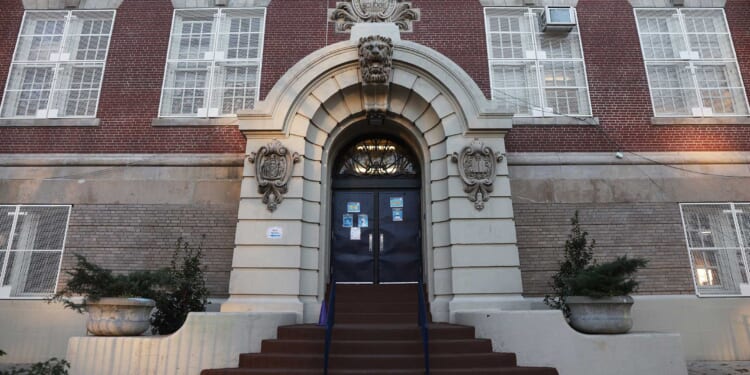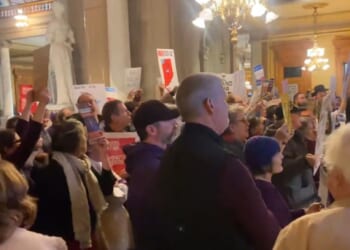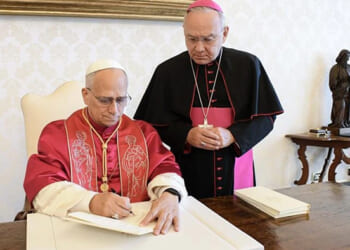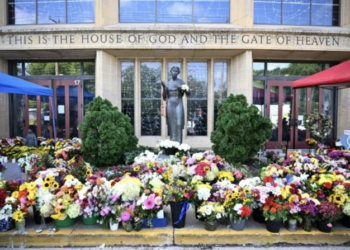
Last week, New York City’s Department of Education announced the latest enrollment numbers for the city’s public schools. Another year of declines confirms an unsustainable trajectory—and highlights the challenge for newly elected mayor Zohran Mamdani.
For the 2025–26 school year, NYCDOE reported 793,300 students enrolled in K-12 grades. That’s down 2.3 percent from the previous year and nearly 10 percent since 2020. DOE data also reveal that 112 of the city’s public schools have fewer than 150 students, up from 80 schools just two years ago.
Finally, a reason to check your email.
Sign up for our free newsletter today.
Even as the number of students declines, New York’s nation-leading educational expenses continue to mount. Earlier this month, schools chancellor Melissa Aviles-Ramos announced that schools with falling matriculation can keep nearly $250 million in city funds that had been allocated based on earlier enrollment projections. The move, which she attributed to “enrollment fluctuations and uncertainty around federal funding,” is a continuation of the “held harmless” policy, which began during the pandemic and has led to a dramatic rise in per-pupil spending.
New York City’s public schools are on an unsustainable path. Each year, the budget expands and enrollment drops, resulting in higher per-pupil costs. The number of partially filled schools keeps growing, while the DOE fails to adjust budgets according to actual enrollment numbers.
Given these realities, Mayor-elect Mamdani should plan to reduce the number of public schools. Gotham has lost nearly 87,000 K-12 students over the last five years; prekindergarten enrollment is down 8 percent this year alone. Downsizing the school system would help the city invest money more effectively while providing appropriate education to the students who remain.
Two categories of schools would make a reasonable starting point for closures: those with declining enrollments and fewer than 150 students, and those that underperform on state proficiency exams, like the ten city schools that had five or fewer students proficient in English Language Arts in 2025, or the 51 schools with five or fewer students proficient in math.
While Mayor Eric Adams has made some progress, closing two schools and merging 16 since taking office, his administration has opened or plans to open 28 new schools. Mayor-elect Mamdani should ensure that the city does not continue funding under-enrolled and under-performing schools.
Finally, Mamdani should consider rezoning the city’s 32 school districts. As Ray Domanico and I note in our Manhattan Institute report, “An Education Agenda for New York City’s Next Mayor,” districts vary significantly in size, ranging from fewer than 3,940 students to over 38,000. Seven districts have lost more than 50 percent of their student population over the past 20 years. They should be consolidated to reduce the number of administrative staff.
At some point, New York taxpayers will demand that the city address its unsustainable public schools. We cannot continue this approach of enrolling fewer students, expanding school budgets, and financing half-empty schools—all while achieving mediocre results for our children.
Photo by Spencer Platt/Getty Images
City Journal is a publication of the Manhattan Institute for Policy Research (MI), a leading free-market think tank. Are you interested in supporting the magazine? As a 501(c)(3) nonprofit, donations in support of MI and City Journal are fully tax-deductible as provided by law (EIN #13-2912529).
Source link

















